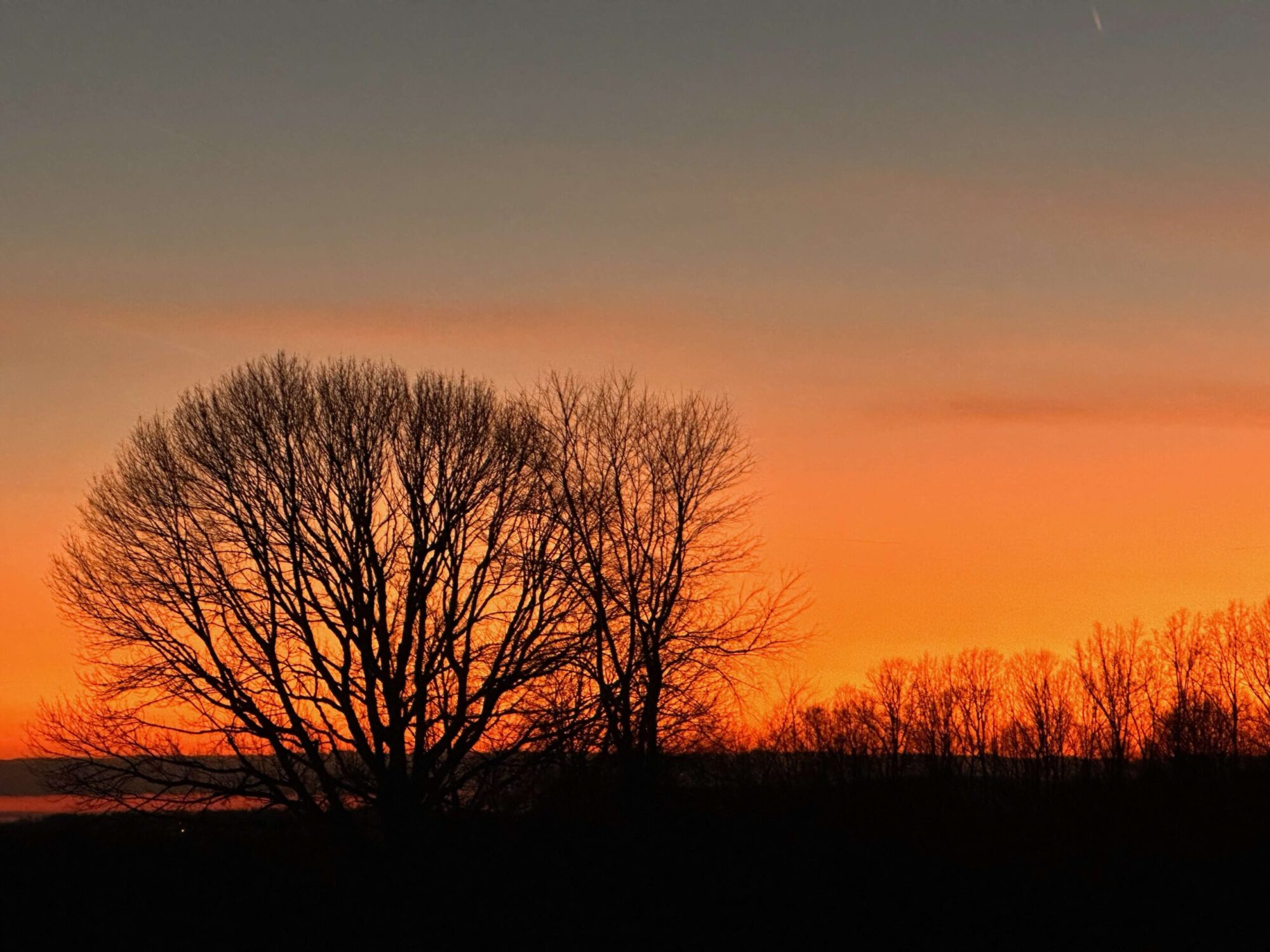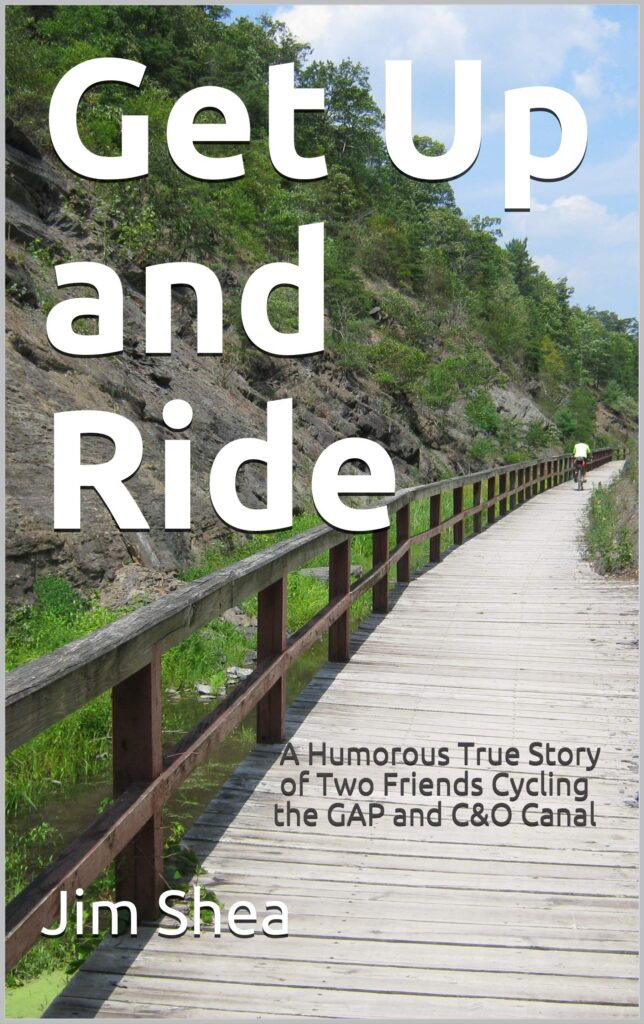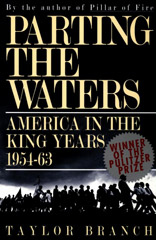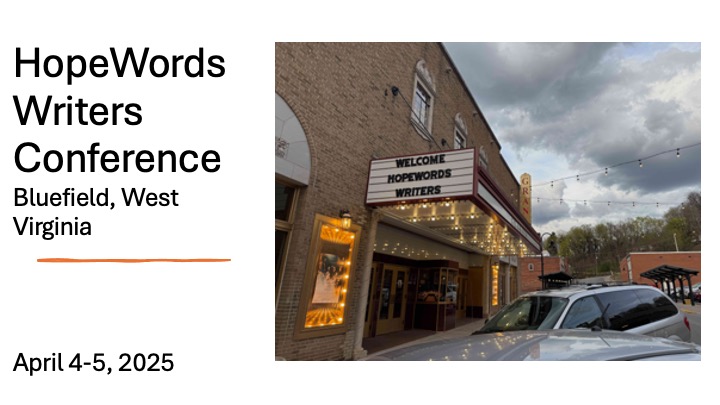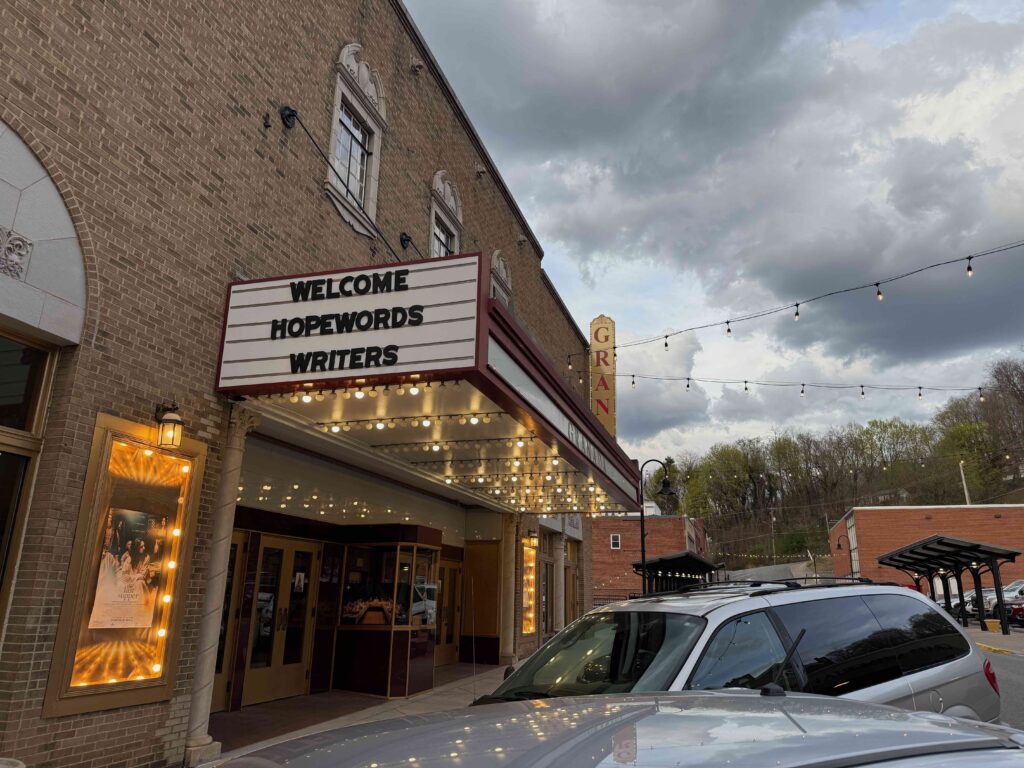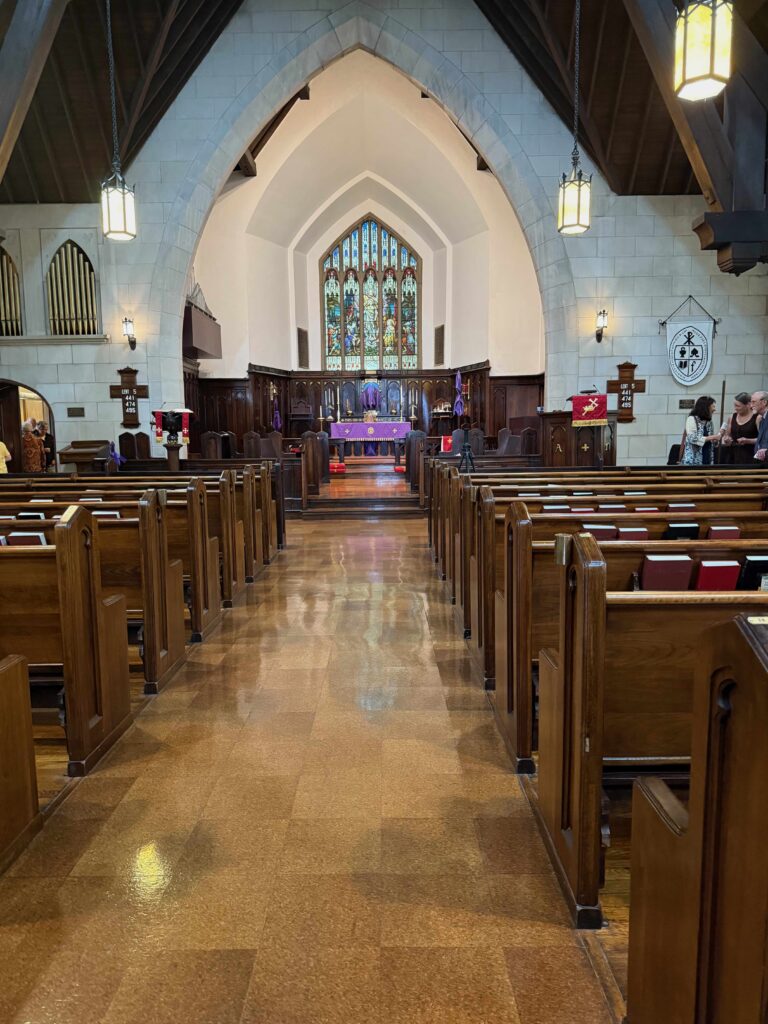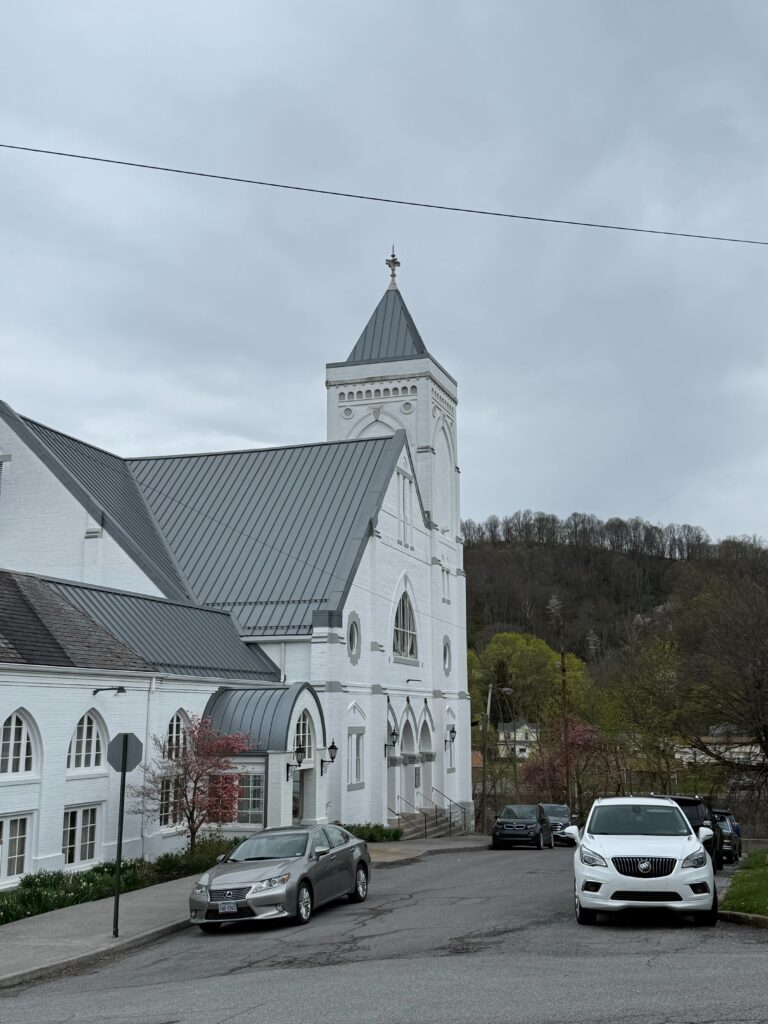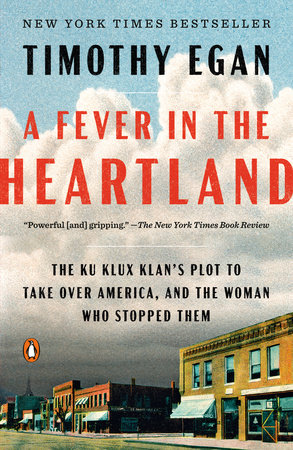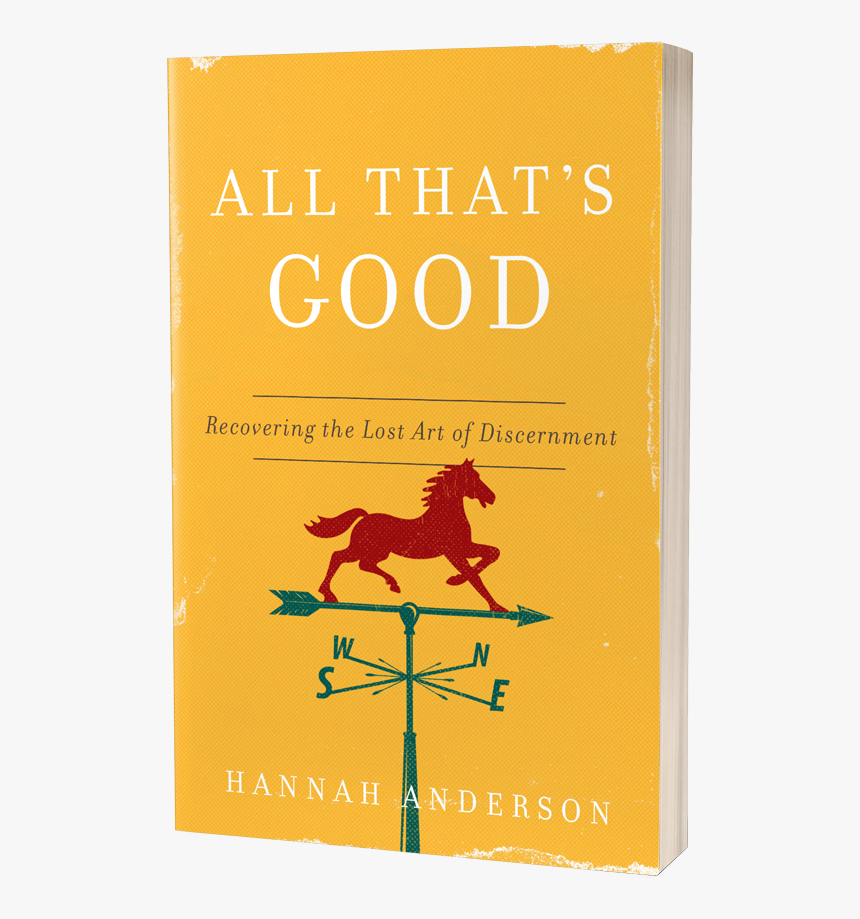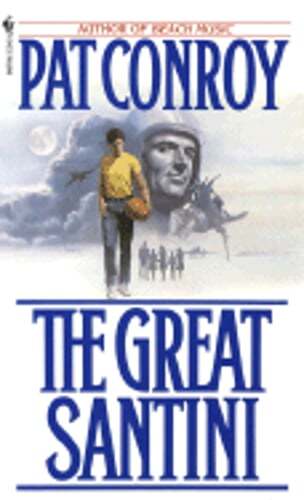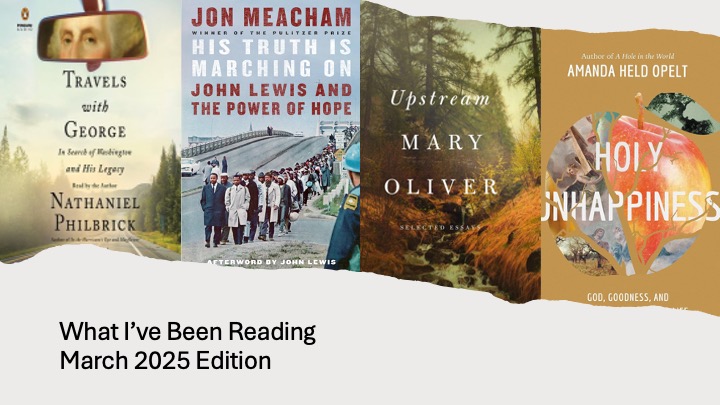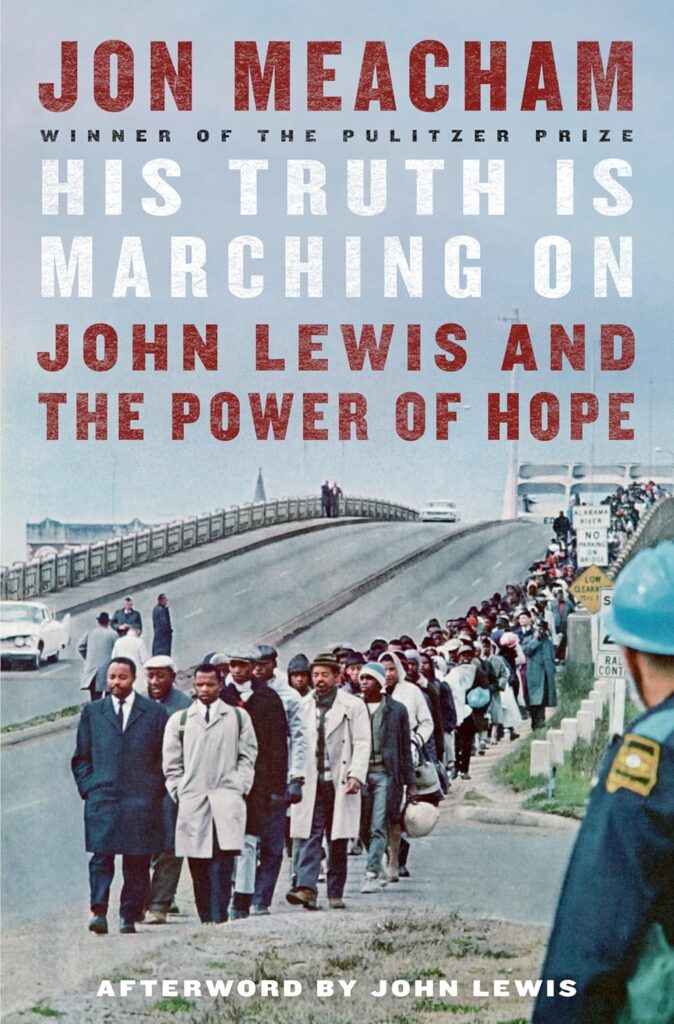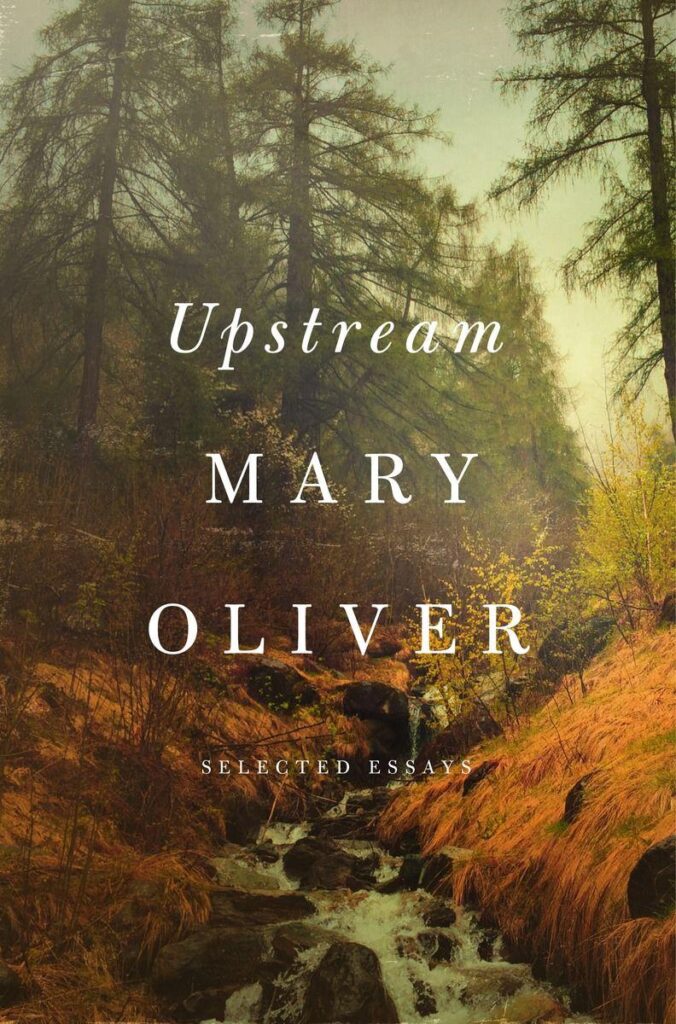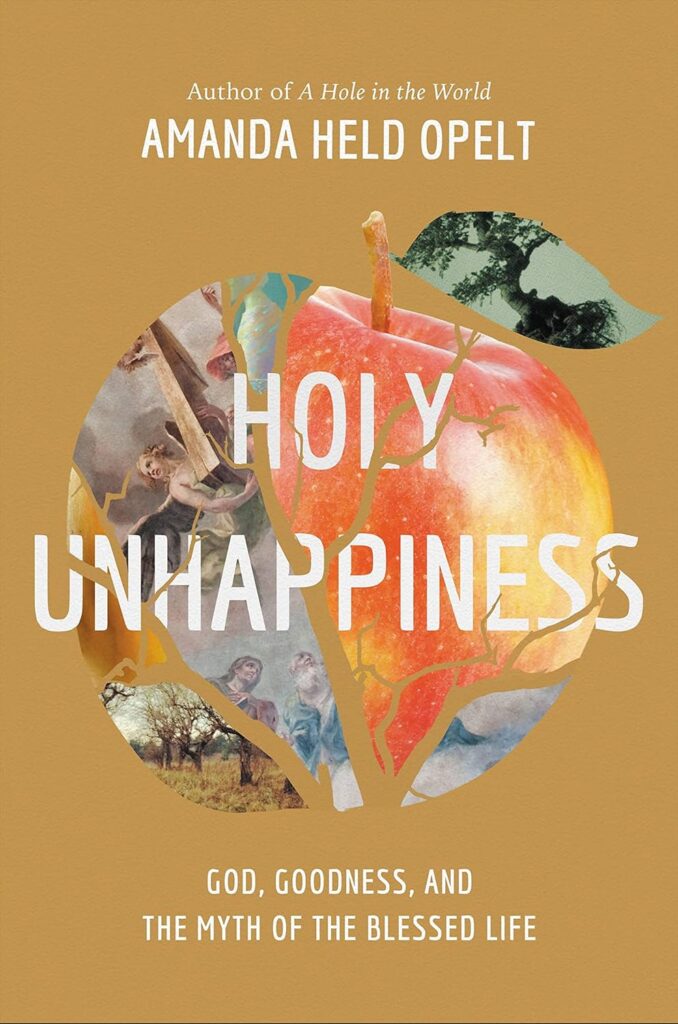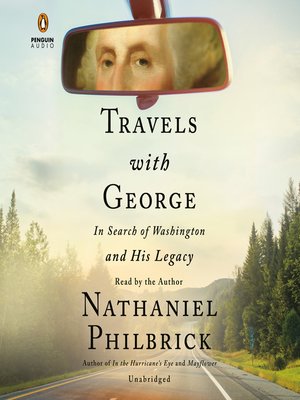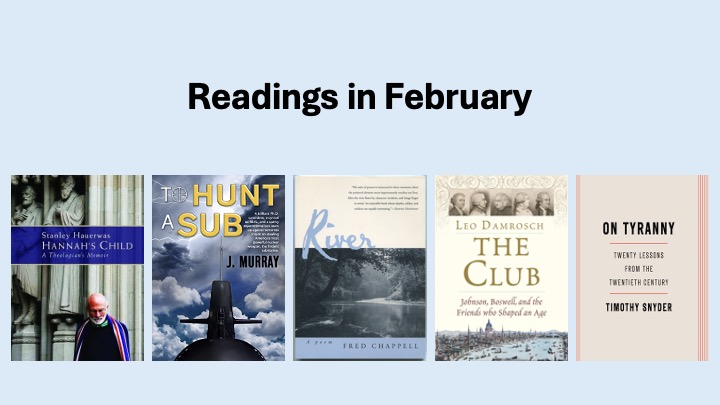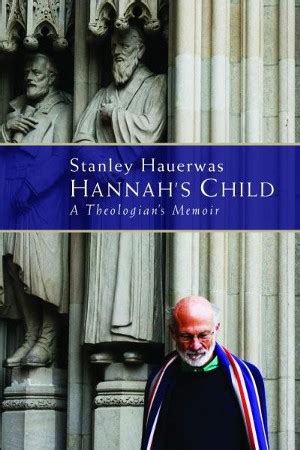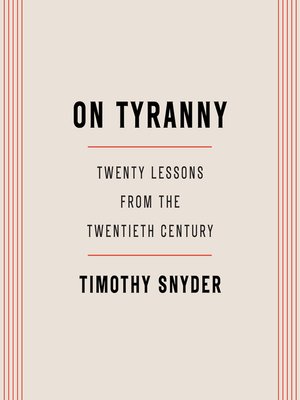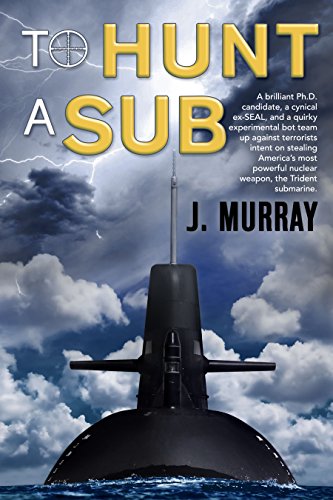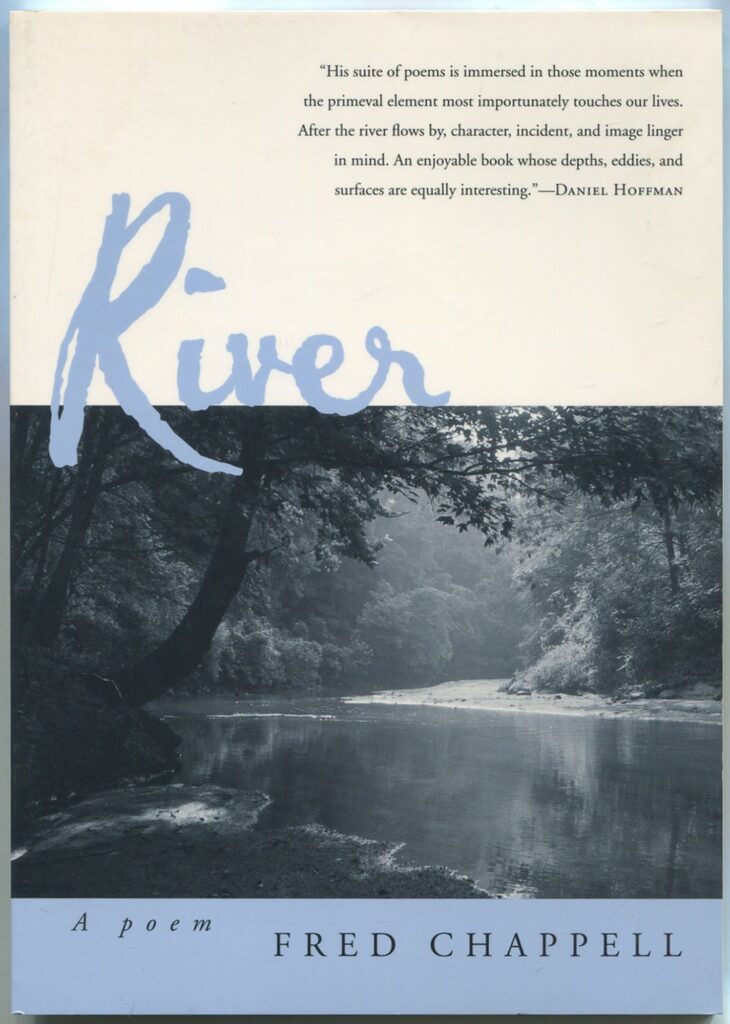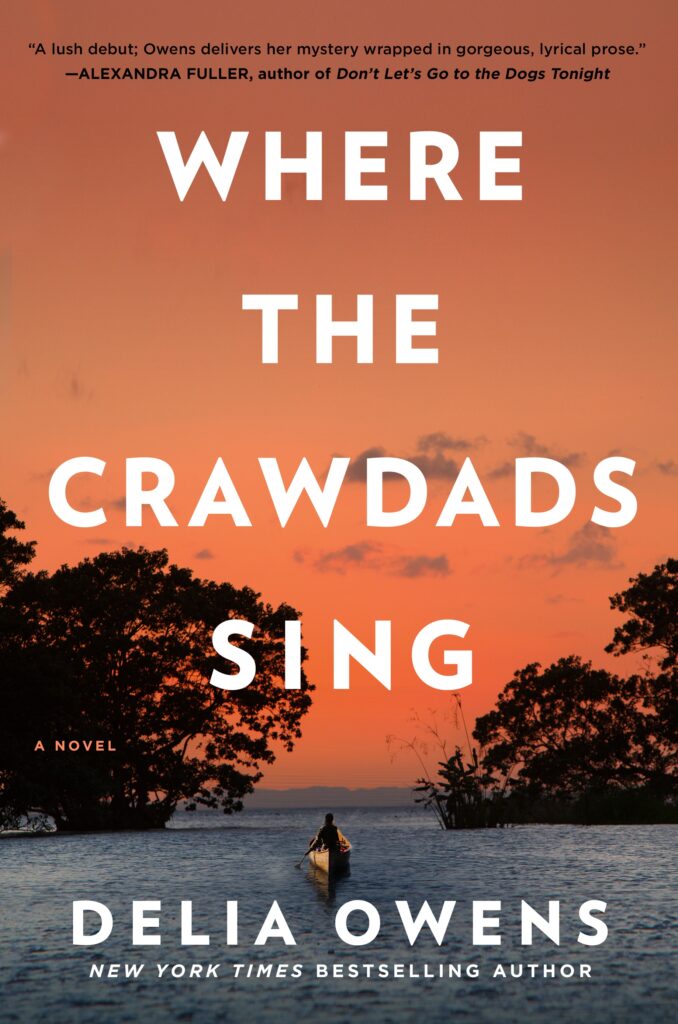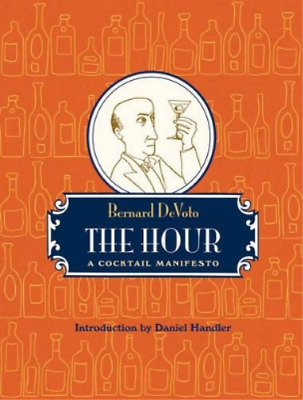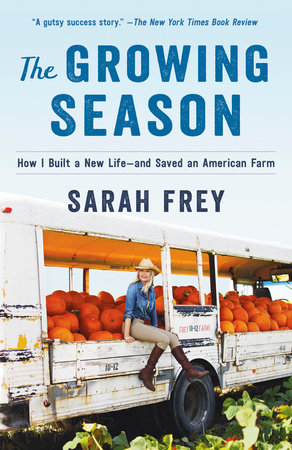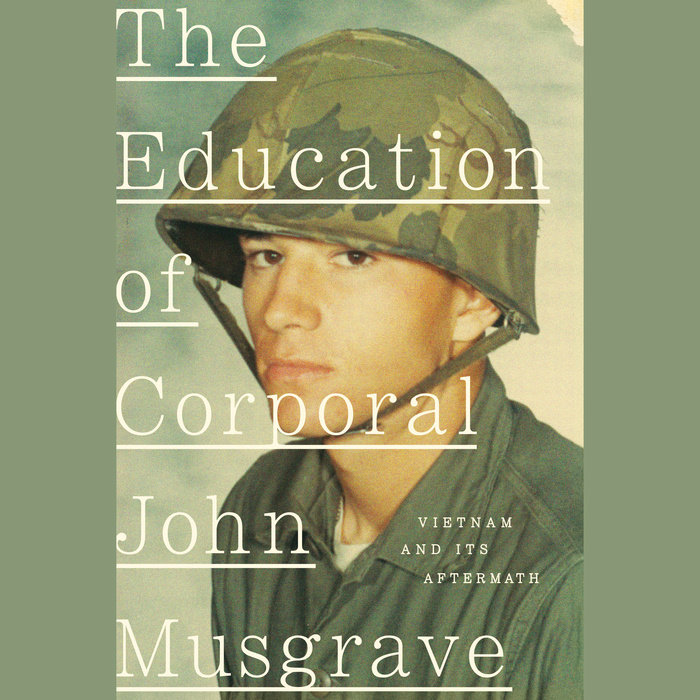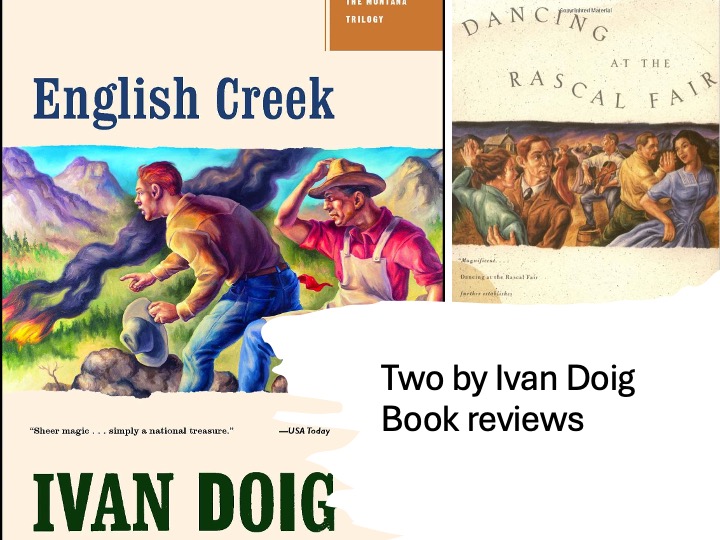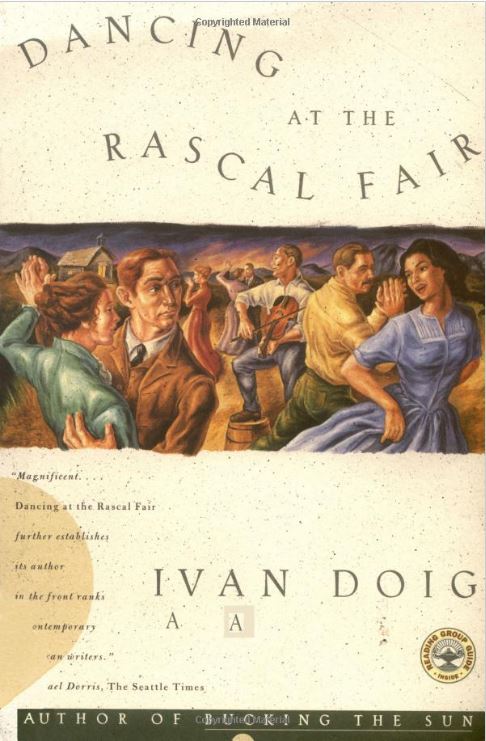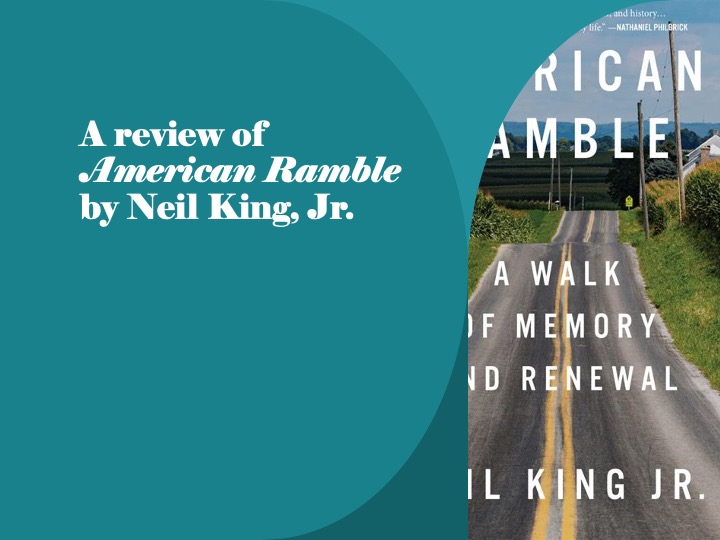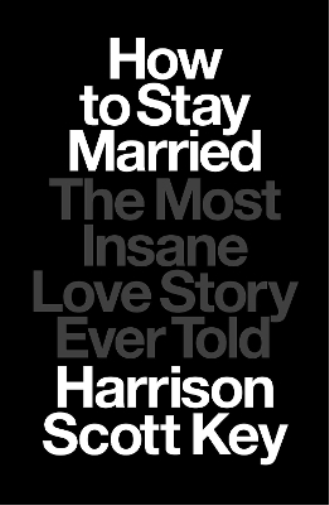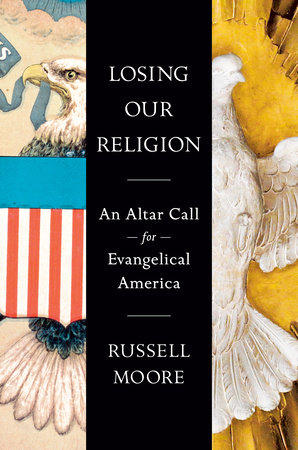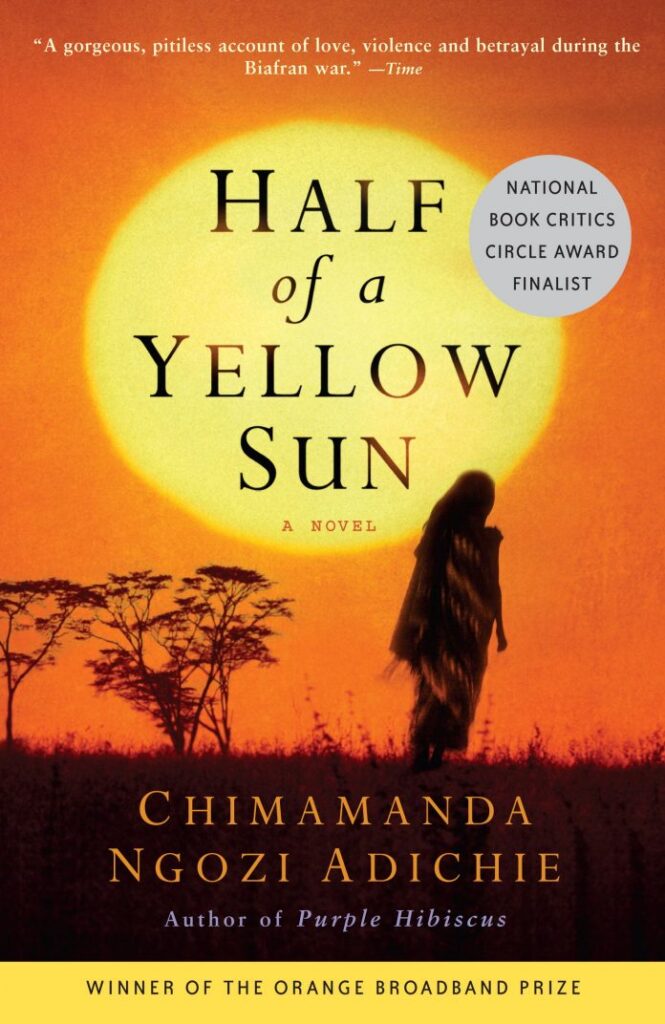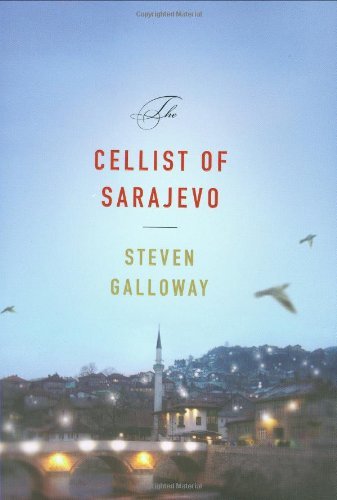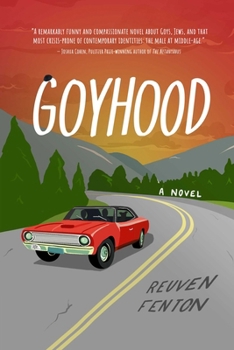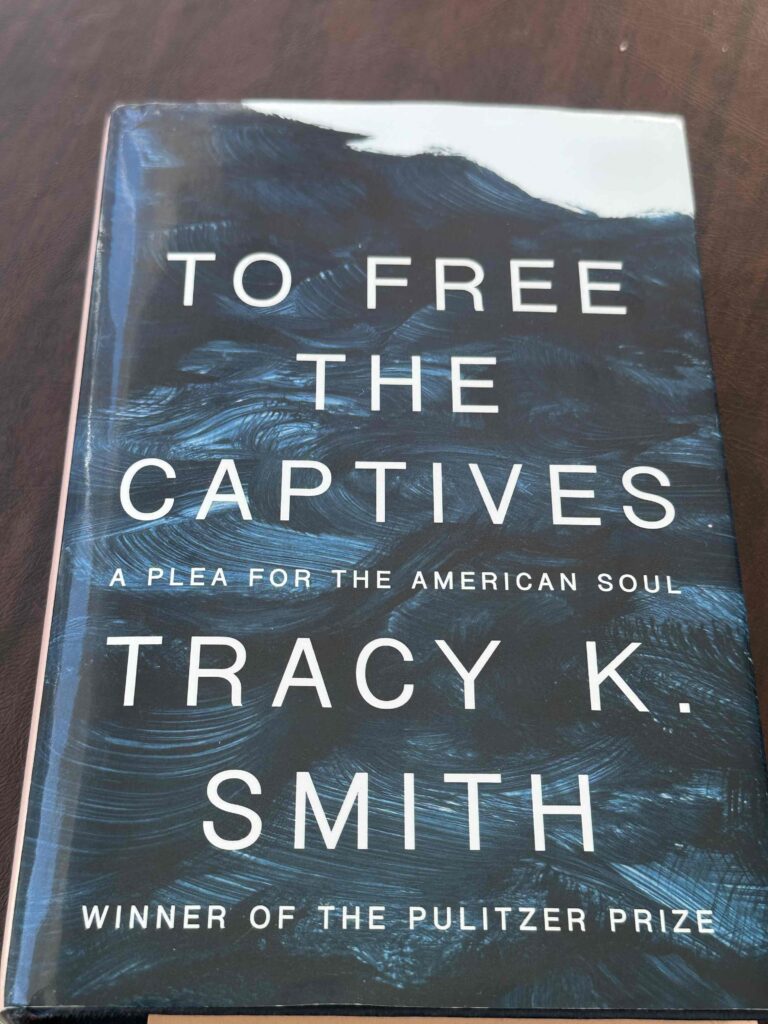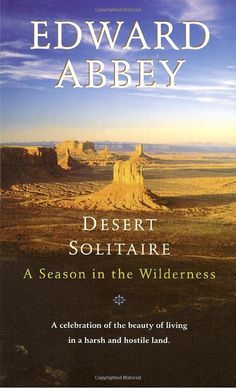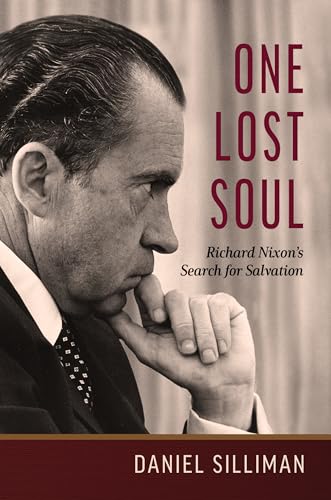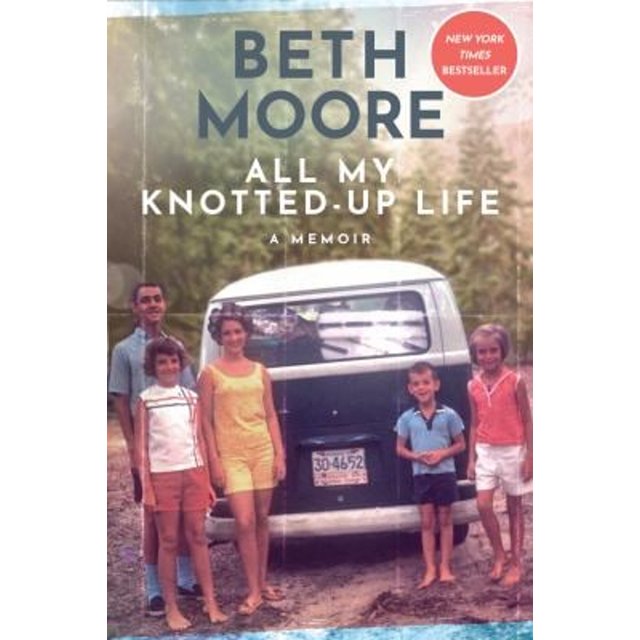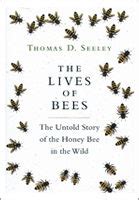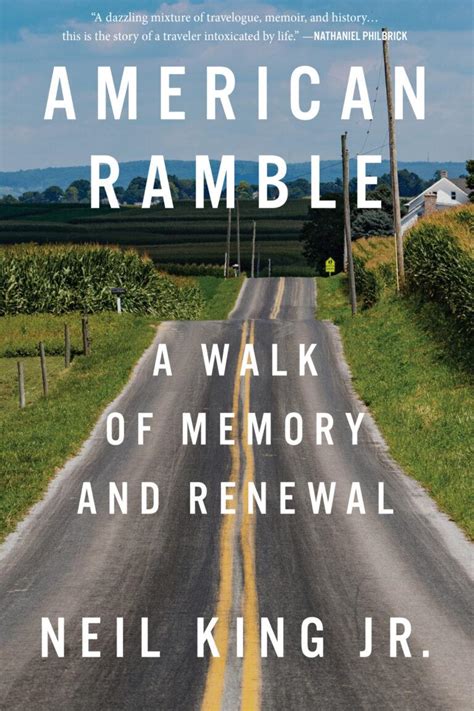
I have been in the Upper Peninsula of Michigan for the past two weeks with limited internet and not very active in blogland. I’ll write more about my time there, including a 50+ mile paddle around Drummond Island over the next few weeks. Here are the reviews of the books I read or listened to and completed in June. The long drive to the UP allowed me to listen to two of these books.
Derwin L. Gray, How to Heal Our Racial Divide: What the Bible Says, and the First Christians Knew, About Racial Reconciliation
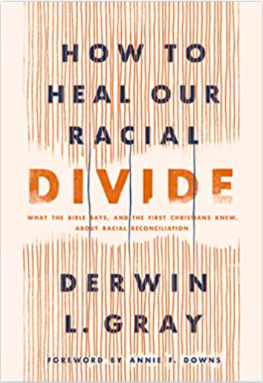
(Tyndale, 2020), 281 pages including notes.
Gray was an African American defensive back who played football for Brigham Young University and later for the Indianapolis Colts and the Charlotte Panthers. After several seasons of professional football, he was led by a teammate to accept Jesus. Later, with his wife, he started Transformation Church in Charlotte, North Carolina. His church is an intentionally mix-race congregation. Gray was a speaker at this year’s HopeWords Writer’s Conference.
In the introduction and opening chapter, Gray discusses why he talks about race so much in his sermons. God has created the world with a variety, a kaleidoscope of colors. God loves diversity and longs to bring us all together, through the church, into one family. However, our churches are often less diverse than most our secular world.
After the first chapter, Gray launches into a Biblical overview, where he starts with Abraham and discusses why he believes that God’s purpose from the beginning was to create a multi-racial family. While he mentions that concept of humanity being created in God’s image, he begins his survey of scripture with Abraham’s promised family. While I might have started at creation itself, by tying together Abraham’s story with the vision of Isaiah, the teachings of Jesus, and the writings of Paul, Gray makes the case that God’s desire is for a multi-racial family. Of course, like all families, in this sin-filled world it will be messy. But in the life to come, we will experience it in fulness.
In the second part of the book, Gray discusses what he has learned at Transformation Church and offers ideas for how we can forge relationships across color barriers. For white readers, he explains the differences in how blacks see the world from our perspective.
I appreciate Gray’s interpretation of God’s vision. This book would make a great study for a church group. Chapters are short and ends with a beautiful Trinity-focused prayers followed by highlights, questions, and ways to implement what is being taught.
Les Standiford, Palm Beach, Mar-a-largo, and the Rise for America’s Xanadu
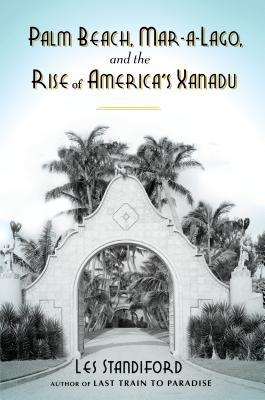
narrated by John McLain,(Tantor Audio, 2019), 8 hours and 11 minutes.
I have been a fan of Les Standiford since I first read his book on the Florida East Coast Railway, Last Train to Paradise. Since then, I have enjoyed his book on Charles Dickens and the writing of the Christmas Carol, The Man Who Invented Christmas, and his book on business partnership of Andrew Carnegie and Henry Clay Frick, Meet You in Hell.
Palm Beach, Mar-a-largo, and the Rise of America’s Xanadu picks up the story of the visionary builder, Henry Flagler, whom Standiford introduced in Last Train to Paradise. In this book he mostly focuses on Flagler’s hotels and personal life instead of his railroads. Flagler first arrived in what would become Palm Beach in 1893. Soon, he was building resort hotels. After his wife was committed to an asylum (she thought she was engaged to the Russian Czar), Flagler obtained a divorce. Later, at age 70, he married a 34-year-old-woman from a wealthy North Carolina family, Mary Lily Kenan. Many North Carolina colleges have buildings named for the Kenans). The Kenans still control the Breakers, the five-star hotel Flager built on Palm Beach.
Early on, Palm Beach was a resort for the newly rich. These who people not accepted into the “old money society” of Newport and other locations. In time, with the likes of sewing machine heir/developer Paris Singer and architect Addison Mizner, Palm Beach became an exclusive place with Mediterranean styles. Standiford ponders if the high walls of the mansions and resorts were designed to keep out those who didn’t belong or to hide the scandal occurring within.
After Flagler, Standiford focuses on the Post family. C. W. Post, who established Postum Cereal Company, doted on his daughter Marjorie Merriweather Post. In her 20s, she inherited much of her father’s estate and expanded the business (even into frozen foods). Marjorie was the one who built Mar-a-lago (which means from the lake to the sea as the property goes from Lake Worth on the backside of Palm Beach to the Atlantic). One of the interesting marriages in her long life was to E. F. Hutton, the New York stockbroker. Marjorie, the richest woman in American, and was the “senior partner” in that relationship. During the Great Depression their marriage broke up, partly for political reasons. Margorie was a supporter of Roosevelt’s “New Deal” while Hutton felt FDR was a socialist and preferred “trickle-down economics.”
In the early 1960s, Marjorie even offered Mar-a-largo was a winter White House, but it was decided the building was too expensive to maintain and impossible to safely secure the president.
After Mar-a-lago had been shuttered for a decade, Donald Trump purchased the property at a basement price. From the beginning Trump ownership came with controversy. He bragged about paying more for the property until the tax bill came in at the higher rate, then he sued to get them to tax it at a much lower rate (from 13 million to 7 million). Finally, he worked out a deal to make the property a private club which provided him with tax favors and allowed him to share the burden of owning the property with others.
This is a fascinating story. I enjoy how Standiford weaves together the stories of interesting characters around Palm Beach.
George Saunders, A Swim in a Pond in the Rain in Which Four Russians Give a Master Class on Writing, Reading, and Life
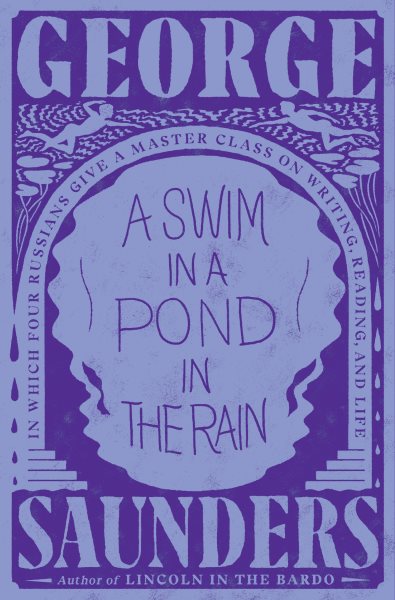
Narrated by the author and others. (Random House Audio, 2021), 14 hours and 44 minutes.
Over the past decade, I have read and listened to several of Saunders’ collections of short stories. Saunders teaches at Syracuse University. This book is based on one of his favorite classes in which he uses Russian authors. Those he draws upon wrote during a creative period of Russian history (between Napoleon’s invasion and the Bolshevik Revolution). Each section of the book begins with the story. In the audio version, a different voice reads the story, followed by Saunders’ discussing it. Many of the stories are about simple every day and even mundane events. Saunders helps his students and readers see how such a setting can make a great story. The stories include:
Anton Chekhov, “In the Cart”
Ivan Turgenev, “The Singers”
Anton Chekhov, “The Darling”
Leo Tolstoy, “Master and Man”
Nikolai Gogol, “The Nose”
Anton Chekhov, “Gooseberries”
Leo Tolstoy, Alyosha the Pot”
Some of the stories like “The Nose” are quite funny and many of the others, especially “Alyosha the Pot” are sad. This book would be helpful for anyone wanting to improve their writing, especially if they are working with fiction! It is also a good introduction into Russian literature. Before reading this book, I had read some of Chekhov and Tolstoy’s stories, but not the others in the collection.
Alex Pappademas, Quantum Criminals: Ramblers, Wild Gamblers, and other Sole Survivors from the Songs of Steely Dan
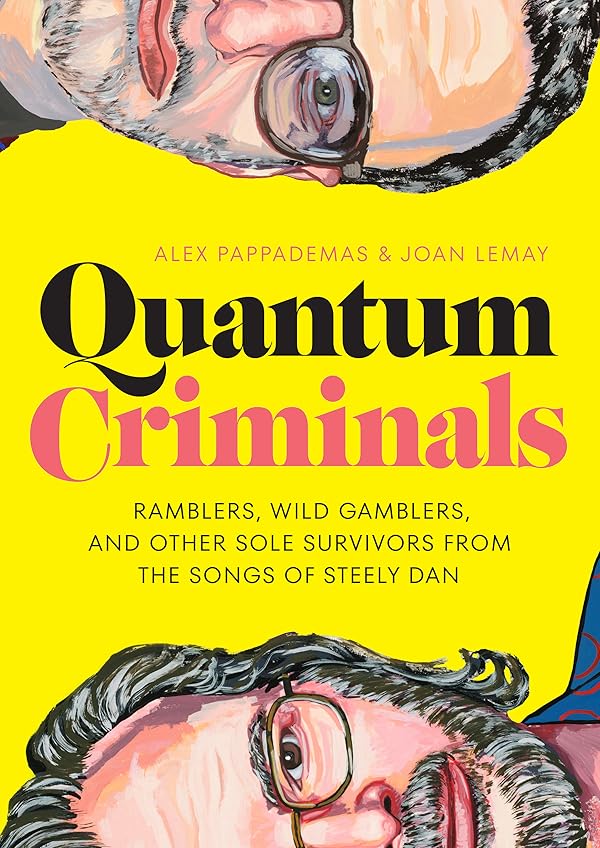
audio book narrated by Michael Bulter Murray (Tantor Audio, 2024), 7 hours and 15 minutes.
The rock group Steely Dan blended jazz and weird lyrics into some memorable rock tunes. Donald Fagen and Walter Becker were the band’s mainstays. The two met in the late 60s at Bard College. Both loved jazz. In an earlier band in college, Chevy Chase (the comedian), played the drums. Over the years, Fagen and Becker drew on numerous other musicians to meet the needs of the sounds they sought, but the two remained the mainstay of the band until Becker’s death from cancer in 2017.
The band is known for mellow jazz-like tunes mixed, at times, with outrageous lyrics. Their songs feature those who down and out or on the other side of the law. These characters, which include drug dealers, violent or dirty old men, and a kid about seeking “cop suicide” as he yells, “don’t take me alive.” Other songs involve love triangles. And then there’s the desire for inappropriate relationships. “Rikki Don’t Lose that Number,” was about Fagen trying to date the wife of a college professor at Bard.
Mostly, the extreme lyrics are presented without moral evaluation. The music behind the lyrics mellows the songs. Fagen and Becker often refused to interpret the songs, leaving them for the listener to figure out or if not, just to enjoy. It’s not surprising that the band’s name came from sexual object in Wiliam S. Burrough’s novel A Naked Lunch.
Quantum Criminals runs through the discography of Steely Dan, while providing insights into the lives of Becker and Fagen. Those who enjoy the music of the band might enjoy this book. Or you might prefer to skip the book and just listen to their jazzy music without knowing all the secrets imbedded into the lyrics. The print book includes artwork by Joan LeMay depicting the characters in the songs of Steely Dan.
